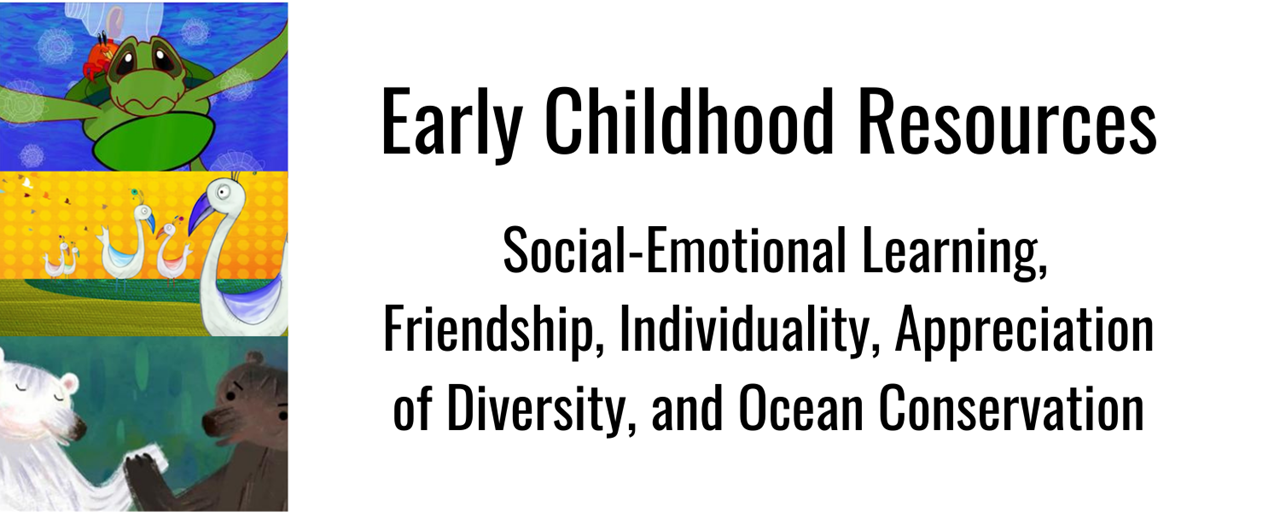
Students view these short films, Mig Said Series: Let's be Friends, Fear of Flying, and The Chameleon's True Colors. Each of the films celebrates friendship, diversity, and individuality.
Film links and discussion questions:
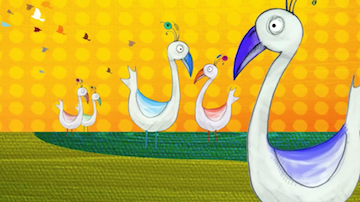
The Chameleon's True Colors
A colorful chameleon learns to be himself in a fun song that celebrates diversity, individuality and friendship. (4:20 minutes runtime)
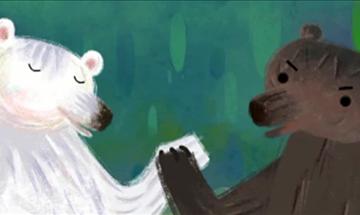
Sometimes we all find friends in unlikely places. ( 4:32 minutes runtime)
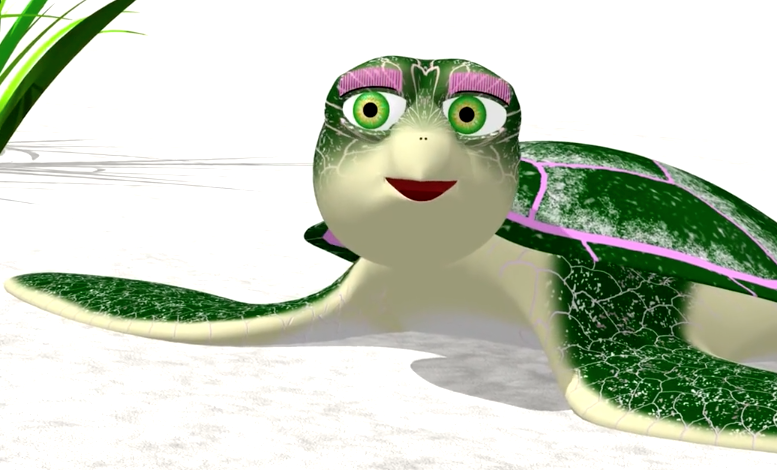
Fear of Flying
A young bird and a sea turtle share madcap misadventures in a coming-of-age "buddy" story. (7:49 minutes runtime)
What are some things about you that are different from your friends?
Why is it important to have friends who are different from you are?
What color is your skin? Hair? Eyes?
Do your friends all have the same skin, hair, and eye color?
Discuss how we are all different and that all colors are beautiful.
Friends help friends. When is a time a friend helped you? Share
You are Special demonstrates that everyone is special and important in their own way. (4:45 minutes runtime)
The short film You Are Special was created as part of a special outreach program along with the Young Writers Program, and promoted in the "Stop Bullying: Speak Up" campaign.
Students watch this short film that shows how everyone is special and important in their own way.
After viewing the film, encourage students to discuss what is special about themselves and their classmates/friends/family. Create a bulletin board or poster.
Each of the following films focus on determination and doing the best you can.
This segment animates a story from environmentalist and Nobel Prize Winner Wangari Maathai about a brave hummingbird who struggles to do good while others stand and watch. Despite the struggles, the hummingbird continues to do the best that it can to save their home from the fire.
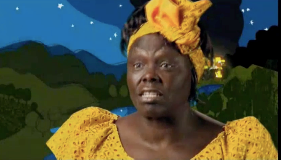
Wangari Maathai shares a simple story to illustrate a powerful point. (2 minute runtime)
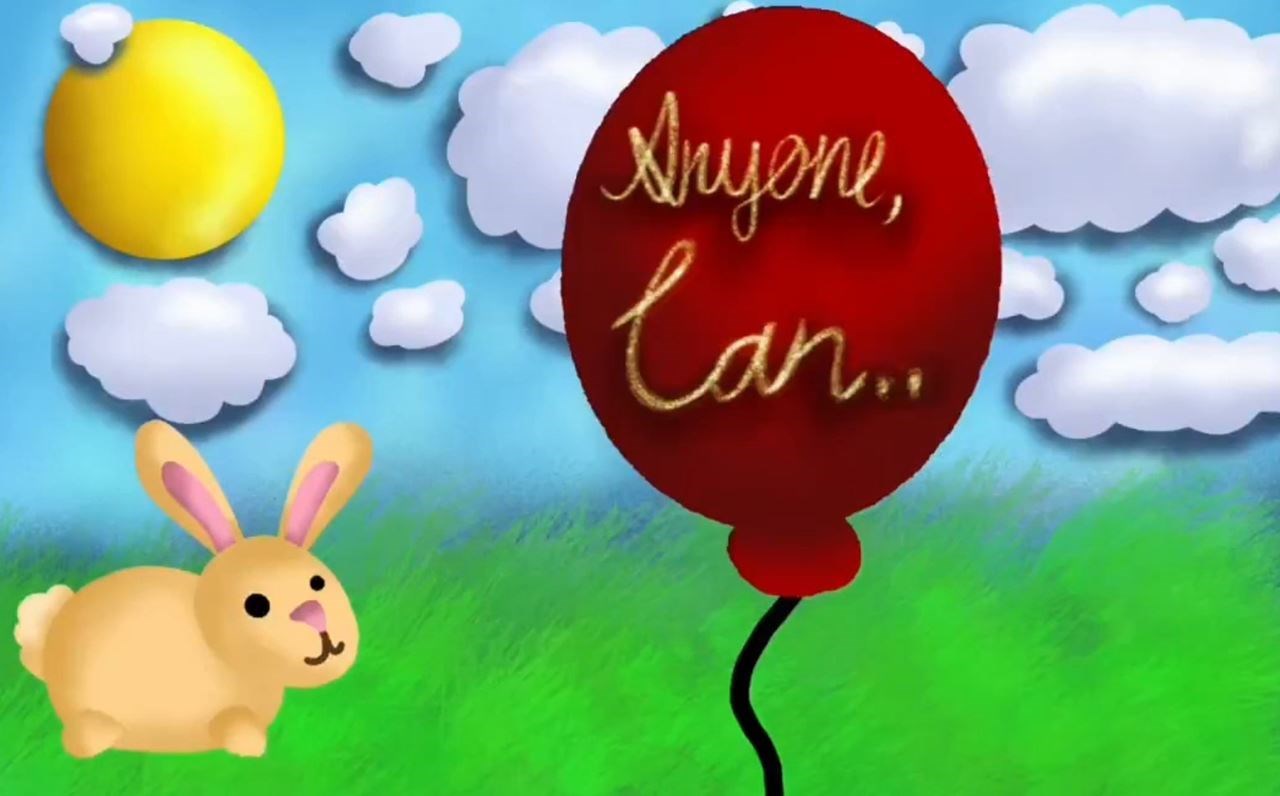
Anyone Can....
When one little bunny looks up to see a balloon, everything changes. This short animation shows that anything is possible no matter who or what you are. (3:06 minutes runtime)
This short animation shows that anything is possible no matter who or what you are if you think you can.
After viewing these two films, students share a time they were determined and tried their best.
Learn about the ocean and the importance of keeping it clean by watching the following films.
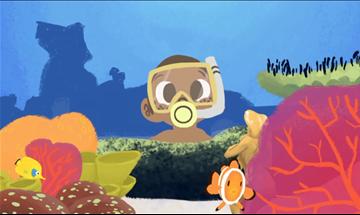
One World One Ocean's new animated video celebrates the wonders of the ocean with stunning facts about our connection to the planet's lifeline. (2:57 minutes runtime)
Students watch this animated video “The Ocean We Want To Know,” which takes them on an adventure around the world to some of the planet’s most exotic ocean locations, singing a song of ocean celebration to the tune of Gotye’s “Somebody That I Used To Know.”
The story presents stunning facts about the ocean in a fun and unique way, speaking to a young audience.
When someone pollutes the ocean floor, it's up to a group of dedicated ocean dwellers to set things right. An ocean crab takes action when the seafloor is covered in plastic, and along the way the crab helps other sea animals that are affected by the plastic.
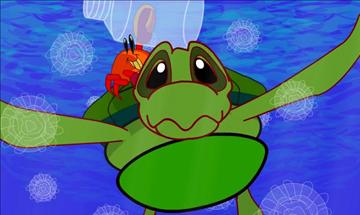
Pollution is not a species-specific problem. (4:02 minutes runtime)
Discussion Questions and Activities
What are some facts that you learned from these videos?
Create a poster/picture of ocean life individually or in a small group. Label the marine life and plants that live in the ocean. Create a bulletin board using these.
Learn more about something that interests you about ocean life.
Why is plastic bad for oceans and wildlife? What can you do to help?
Why is it important to recycle? Create a poster or bulletin board of pictures of things that can be recycled.
Download and print this coloring and activity book to extend learning about the importance of Kelp as a habitat for marine life.
Students look at this underwater photograph and describe what they see. Be specific about the colors and marine life. Students can recreate this photograph in a piece of art.
Students are encouraged to investigate other underwater life and create an illustration of a healthy ocean ecosystem.
Organizer created on 1/10/2022 11:32:05 AM by Laura Nietzer
Last edited 10/29/2024 3:38:06 PM by Laura Nietzer